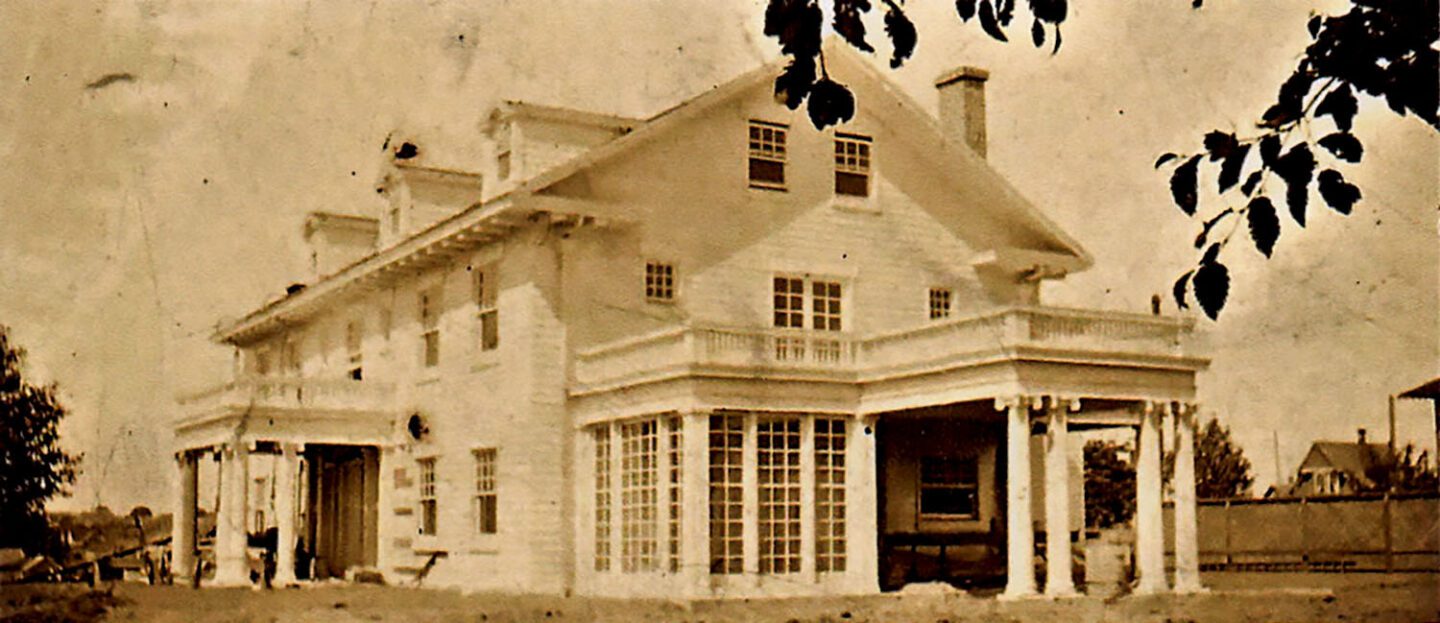-
Grand Avenue Park area
Grand Avenue Park
Overlooking the bluff in line with 17th Street is a good way to orient yourself to much of the Bayside waterfront. Grand Avenue Park has existed since 1906 and has a wonderful view of the Bayside mills area.
The compass rose art embedded in the concrete was created by Glen Anderson and is dedicated to Everett City Planner Becky Fauver (1976-2006). She worked hard to educate builders about fitting into the historic character of north Everett. The metal railing is by metal artist and blacksmith Paul Casey. The graceful swirls are meant to suggest clouds, waves, and the water below.
William C. Butler (1866-1944) built 1703 Grand Avenue, designed by August Heide. He was the most influential Everett banker in the early twentieth century who financed and controlled much of early Everett. The Butlers lived here from 1910 until the mid-1940s.
Henry M. “Scoop” Jackson (1912-1983) was an influential U.S. Senator and presidential candidate twice. The Jackson family has been in the 1703 Grand Avenue house since 1967.
A block south at 18th Street is a granite marker commemorating Captain George Vancouver’s visit to Port Gardner Bay on June 4, 1792. It was placed in the park in 1915.
Charles Fratt (1862-1928) built the 1725 Grand Avenue mansion in 1906. He was the vice president of Everett First National Bank and secretary/treasurer of the Robinson Mill. He could see the mill from his house. He agreed to build a grand house on Grand if the city would designate the Grand Avenue Park area as a park. The Fratts lived here until 1931. Monrad Wallgren (1891-1961) was a jeweler and optometrist in Everett and became a U.S. Representative and Senator and Washington’s 13th governor. He lived here from 1941 to 1943.
Retrace your steps across the bridge, then walk south to the stoplight at 18th Street and Marine View Drive.






